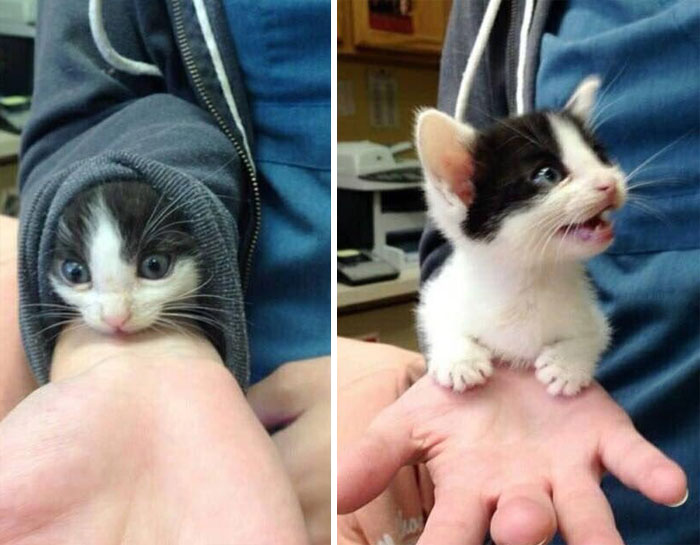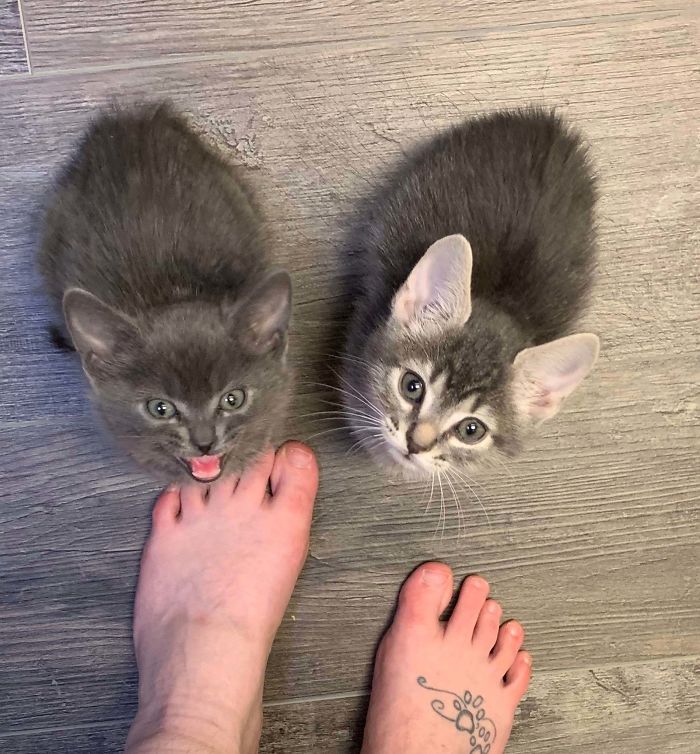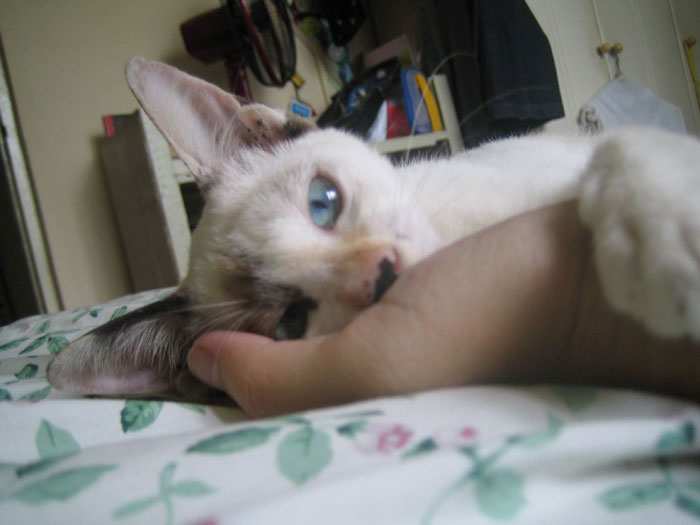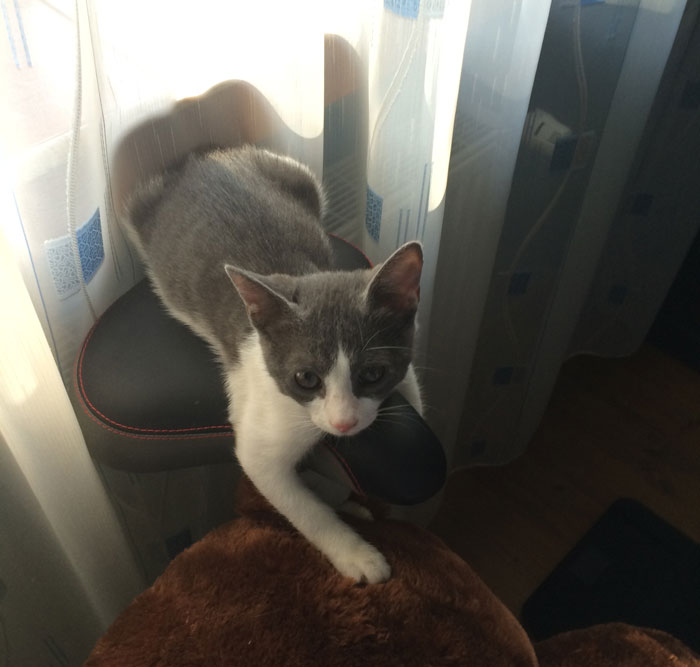We might have the people’s new best friend! Felines are also angling to take up the mantle against dogs after scientists have discovered some exciting conclusions in recent research.
Scientists at Oregon State University conducted a study and proved that our favorite felines can form secure bonds with their owners, just like dogs do. What this means is that cats, no matter how naughty or aloof they might act, actually do care about us and think of us as their caregivers.
Scientists discovered an amazing thing about cats!


Image credits: nmkd
Attachment behavior studies involve reuniting kids with their parents or caregivers after a short period of absence. Previously, researchers found that human babies, baby monkeys, and little puppies can be securely or insecurely attached to their parents. Naturally, scientists decided to test the theory with kittens as well.
Research shows that cats can form secure bonds with their owners…


Image credits: Current Biology


Image credits: Current Biology
Well, scientists found that around two-thirds or 65% of kittens were securely bonded to their owners. Furthermore these bonds stayed firm all the way into adulthood. The ratio of secure to insecure bonds is almost identical to that found in human babies as well.
…just like dogs, monkeys and even human babies!


Image credits: Current Biology
But what does insecure bonding mean? A secure bond means that when a kitten’s owner returns to them, the cat will both pay attention to them and explore its surroundings. Meanwhile, an insecure bond means that the kitten’s is stressed-out: it avoids its owner, and has the body language of an animal that’s anxious.
This means that two-thirds of felines view their owners as their caretakers or even parents


Image credits: reddit.com


Image credits: MissGrafin
Study author and researcher Kristyn Vitale from the Human-Animal Interaction Lab at Oregon State University had more to say on her research and its implications.
“Although pet cats outnumber dogs in many countries, including the United States, we still know little about cat behavior and human-cat interactions,” Vitale said. “There has been relatively little research into the cat-human bond, especially when we compare it to the number of research studies with dogs and humans.”
“So our motivation was to bring more knowledge to this field of study. The research itself went very smoothly and we did not have any issues recruiting cats and owners to participate. Overall, this was a fairly easy study to conduct.”
Even though cat might seem naughty and aloof, they really do care about us


Image credits: dee m
Vitale continued: “We found that the attachment bond cats display toward their owners is very similar to the bond dogs share with their owners and even the bond human infants display toward their caretakers.”
“All three species display the same distinct patterns of attachment behavior. The majority of individuals in all species are securely attached to their caregiver, meaning they use their caregiver as a source of comfort and security in an unfamiliar situation.”


Image credits: Phillip Stewart
The researcher mentioned; however, there is some room for improving the study, and hinted at possible future studies.
“We are hoping this is the first of many projects looking into cat-human attachment. Although we found that cats display attachment behavior toward their owners we still do not know what factors influence the formation of these attachment bonds or what factors may strengthen the human-cat bond.”
“In the future, we will look at some of these questions. Right now we are examining how socialization opportunities impact the formation of attachment bonds in shelter cats and ways to use this information to increase shelter cat adoption rates.”


Image credits: mystelynx
Vitale also had this to say to Science Daily: “Like dogs, cats display social flexibility in regard to their attachments with humans. The majority of cats are securely attached to their owner and use them as a source of security in a novel environment.”
“Once an attachment style has been established between the cat and its caregiver, it appears to remain relatively stable over time, even after a training and socialization intervention. Cats that are insecure can be likely to run and hide or seem to act aloof. There’s long been a biased way of thinking that all cats behave this way. But the majority of cats use their owner as a source of security. Your cat is depending on you to feel secure when they are stressed out,” Vitale explained.
Dogs might not be people’s only best friends anymore


Image credits: KLMircea
What do you think of these startling discoveries? Will they make you look at cats differently from now on?






